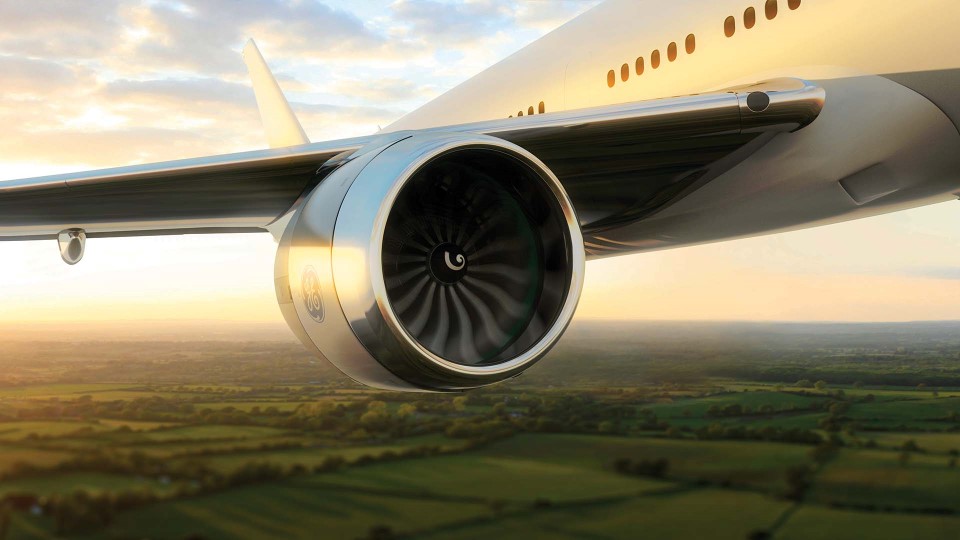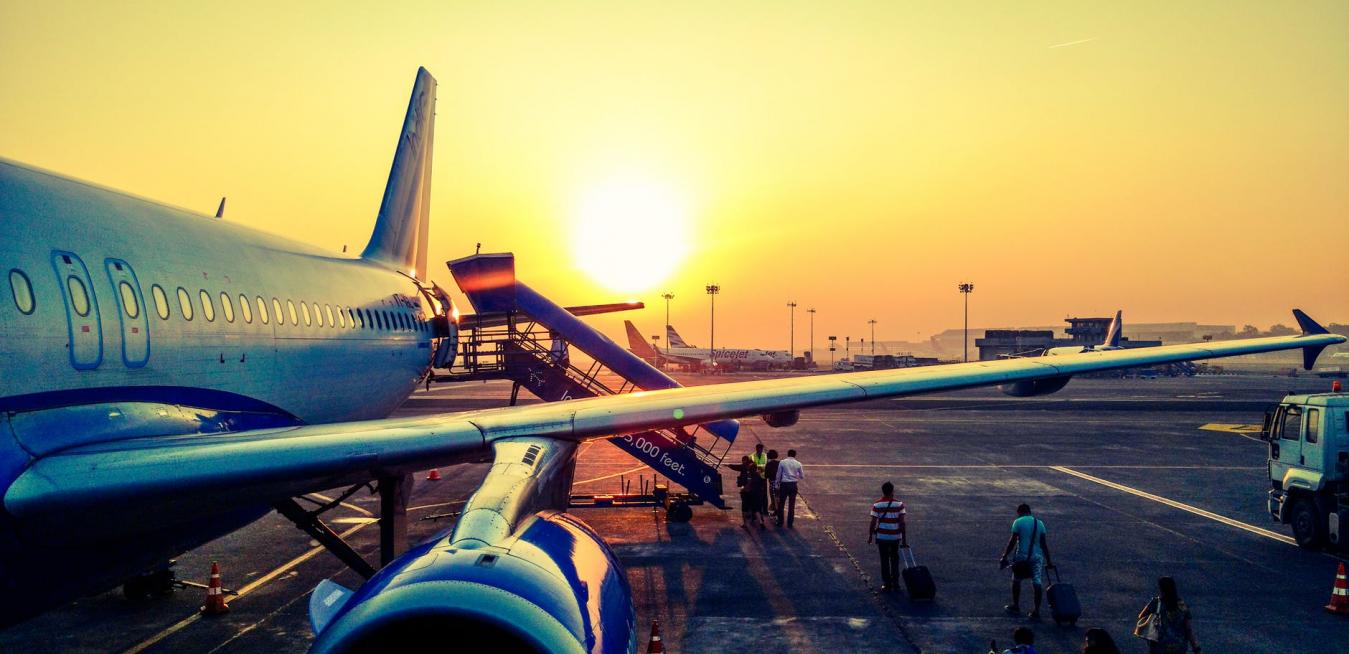Factors driving demand today, and in the future, and new trends in the pipeline were explained by regional aviation expert, Mohshin Aziz, Associate Director at Maybank Kim Eng Securities, in a long interview that we will run in two parts.

GE Reports ASEAN (GER ASEAN): In your opinion, what will be the major emerging trends in passenger growth in ASEAN and the wider Asian region over the next 20 years?
Mohshin Aziz(MA): The most important trend is the emergence of middle-class population. I think they will form a majority within the travelling group around the region in the coming years. It’s already happened in nations like Singapore, and Malaysia is probably not far behind. Others like Indonesia and Vietnam still have further to go. Most important though is China. The coastal cities have a largely developed middle-class group though the internal parts, and west China are still a fair bit behind.
What this means for the carriers is that the way forward is to plan for an overwhelming demand from the middle-class society. Overall value proposition will be the most important element. It’s not just ticket price, but everything that goes into the journey – things like cost to get to the airport, time needed to travel and cost to get to your accommodation once you’ve arrived.
Growth won’t be a concern. It’s all about capturing the value of what the emerging middle class perceives.
GER ASEAN: What do you see as the key drivers of growth for Asia’s aviation sector moving forward?
MA: GDP growth and average income will be the key economic drivers, but there is also a need for liberalisation in regulation to help open air travel. Some countries for example, still require entry visa, and that’s a barrier to growth.
Integration of economic areas is another thing to consider. China-ASEAN is an increasingly integrated economic region. You have growing cross-border business interests, and you need movement of people to support that. Countries with more relaxed labour laws around travel will benefit from air travel. Singapore is a prime example. Many multinational companies base their regional office there, which means frequent employee visits from across the world.
I believe the ASEAN region has a long way to go before it will ever get to where Europe is now, free movement between member nations, but who knows? If that does happen, I predict the increase in journeys you see in Europe would happen here very quickly. In Europe, average journeys are around 2.1-2.5 trips a year, in ASEAN the number is only 0.4-0.5.
However, it varies significantly. In Singapore people travel 4 times a year, in Malaysia it’s about 1.4. But Indonesia is only 0.2. There’s disproportionate growth in the region, and that must be resolved.
GER ASEAN: What are the major bottlenecks to this growth?
MA: Infrastructure. There are just not enough airports. We have enough to meet today’s needs, but we’re not building greenfield airports fast enough. Only China and India have built a greenfield airport in the past decade.
Europe is different, they have a lot of airfields as a result of World War Two. That means when low cost carriers emerge, they have alternative airports to develop. In ASEAN our inclination is that when a runway is full, we build a new runway on the existing airport. When a terminal is full, we expand the terminal. This can make operations complex and expensive.
The other issue is air space congestion. We need to open more air space corridors. A lot of countries want to open air space, but they’re hampered by their neighbours’ inability to do so. A country with underdeveloped radar technology presents a bottleneck to even the most advanced nation because the flow of traffic at the air space corridors is hindered. There’s disproportionate soft infrastructure and ultimately, it’s making the region far less efficient than it could be. The point here is, you are only as good as your weakest link.
Regulation is another area. In some countries, it is very restrictive. You need permission to clear the airspace, and pilots’ flight time restrictions vary. Conflicting regulation makes it difficult for airlines to operate.
GER ASEAN: Do you see low cost carriers becoming an increasingly dominant force in the market?
MA: It’s a unique situation in Asia as many low cost and full-service carriers use the same airports as the full service carriers. There’s no real differentiation in the geographical premium of the airport, so premium sector positioning is somewhat absent. Low cost carriers have a remarkable advantage in that sense. They are already based in the same main airport, with all the infrastructure. Good roads, ample parking and clean rides straight to the airport.
GER ASEAN: APAC airlines range from well-established to relatively novice carriers – in your opinion which global airlines impress in terms of best practices?
MA: If you’re looking for global examples to learn lessons for airlines, there are two key companies to look at. The best example is Japanese Airlines. They managed to convert from a loss-making entity to a sustainable profitable airline. Number two is Delta Airlines, a mammoth, loss-making airline in America that managed to complete a very successful restructuring.
GER ASEAN: Do you see the potential emergence of new regional hubs over the next 20 years?

MA: Only China could possibly become a new hub, because it has huge ambition to connect globally. Cities like Beijing, Shanghai, and Guangzhou, they have a great advantage, with a strong, established domestic network, and an international network that is growing.
Singapore Airlines and Cathay, their business case is built on 6th Freedom. That’s basically carrying traffic from one foreign country to another with a stop in the airline’s own country. Since they’re based out of island nations, there’s only so much of a local population to cater for.

Mohshin Aziz has enjoyed a diverse 18-year career to date, working in a range of sectors including engineering, fund management / venture capitalism, and the airline industry specializing in corporate finance, investment analysis, and corporate strategy.





